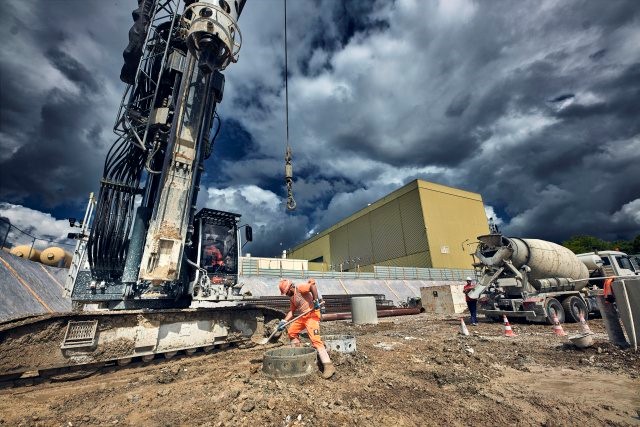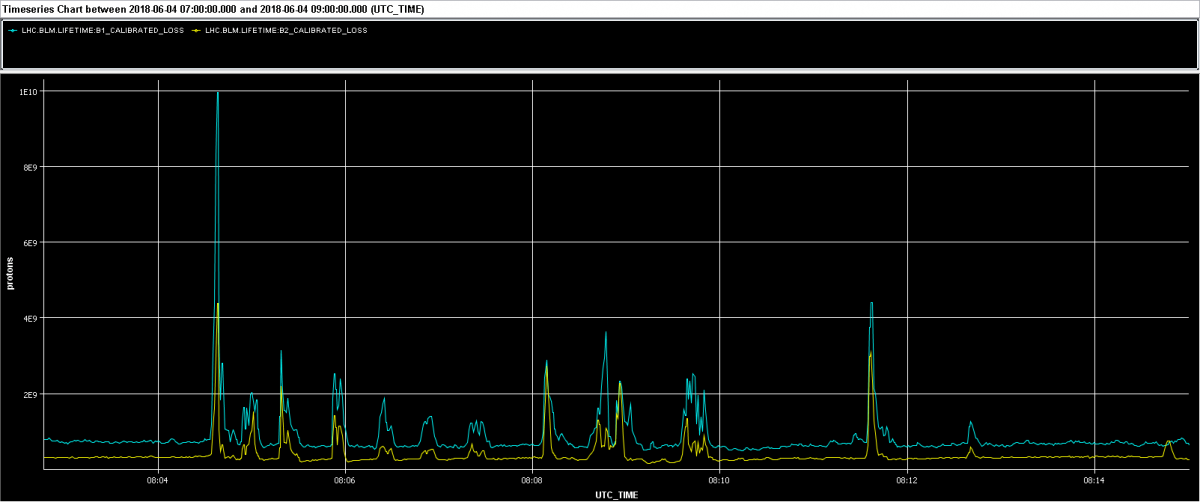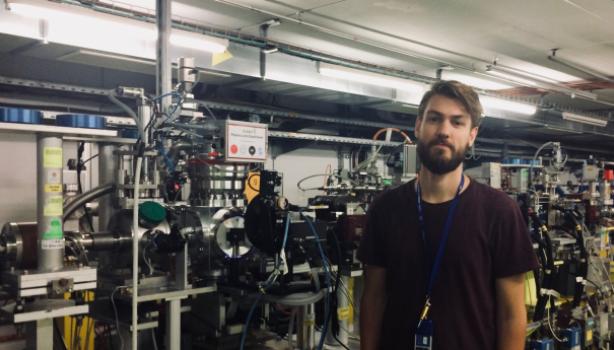The groundbreaking ceremony for the launch of the civil engineering works took place on Friday 15 June 2018 with the presence of the CERN management, the French and Swiss Authorities and the CERN Council.

"The High-Luminosity LHC will extend the LHC's reach beyond its initial mission, bringing new opportunities for discovery, measuring the properties of particles such as the Higgs boson with greater precision and exploring the fundamental constituents of the universe ever more profoundly," mentioned CERN's Director-General Fabiola Gianotti during the ceremony.
The increase in the number of collisions in HL-LHC, means more observations of rare phenomena and more chances for discovery. As an example, the upgrade will increase the number of Higgs bosons that can be produced by the LHC from 1.2 million to 15 million. The HL-LHC data will enable the improvement of the precision on Higgs boson couplings by a factor of 2 to 3 with respect to the previous LHC running.
Two contracts for the civil engineering works have been adjudicated in March 2018 to a consortium MARTI TUNNELBAU, MARTI ÖSTERREICH and MARTI DEUTSCHLAND for the Point 1 works and to IMPLENIA SCHWEIZ, BARESEL and IMPLENIA CONSTRUCTION consortium for Point 5. At each point, the work consist of the construction of an access shaft, a service cavern and underground galleries as well as five new surface buildings. The site mobilization has started on both Points. The shaft excavations will start end of June 2018 and will be completed before the end of the year.
The excavations will be performed with electrical road-headers to minimize the vibration level on the LHC machine and its detectors, which will be in operation with beams during this period. In parallel, the two consultants are progressing in the detailed design of underground structures. The underground excavation works will be completed by mid 2020 during the next long shut-down and the works, including surface buildings, will be completed by Autumn 2022.

The effect of the first Civil Engineering work on the site surface on the proton losses in the LHC. One can clearly recognize the 22Hz perturbation of the excavation equipment
After completion of this major upgrade, the LHC is expected to produce data in high-luminosity mode from 2026 onwards. By pushing the frontiers of accelerator and detector technology, it will also pave the way for future higher-energy accelerators. “Audacity underpins the history of CERN and the High-Luminosity LHC writes a new chapter, building a bridge to the future,” said CERN’s Director for Accelerators and Technology, Frédérick Bordry. “It will allow new research and with its new innovative technologies, it is also a window to the accelerators of the future and to new applications for society.


